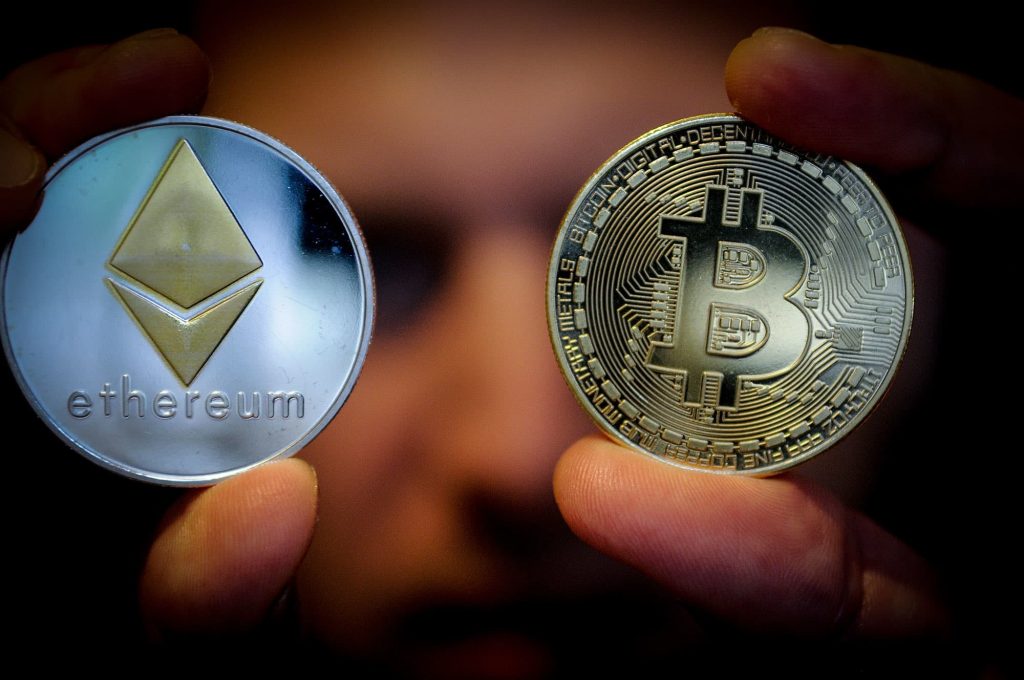
Digital currency known as Bitcoin runs on the blockchain, a decentralised network. Using the alias Satoshi Nakamoto, an unidentified person or group established it in 2009.The blockchain is a public ledger that records all Bitcoin transactions. It consists of a series of blocks that contain information about these transactions. Each block is added to the blockchain in a sequential order, creating a permanent and transparent record of all Bitcoin activity.
Powerful computers compete in a process known as mining to find solutions to challenging mathematical equations. A new block is added to the blockchain and a specific amount of Bitcoin is awarded to the computer when it solves an equation.

Bitcoin has experienced a significant rise in popularity and legitimacy as a form of currency over the past few years. Some of the factors that have contributed to this growth include:
- Increased Adoption: As more people become familiar with Bitcoin, there has been a corresponding increase in adoption. This is driven by factors such as the ease of use, low transaction fees, and the ability to store and transfer value without the need for traditional banking systems.
- Mainstream Acceptance: Bitcoin has gained increased mainstream acceptance, with major companies such as Tesla, Microsoft, and PayPal now accepting it as a form of payment. This has helped to legitimize Bitcoin as a viable currency and has given it greater credibility in the eyes of the general public.
- Decentralization: Bitcoin is a decentralized currency, which means that it operates outside of traditional financial institutions and is not subject to government control. This has made it popular among people who value privacy and security in their financial transactions.
- Global Reach: Bitcoin has a global reach, which means that it can be used for transactions anywhere in the world. This has made it particularly popular for cross-border transactions, as it eliminates the need for traditional banking systems and the associated fees.
- Limited Supply: Bitcoin has a limited supply, with only 21 million Bitcoins in existence. This has helped to drive up the value of Bitcoin, as demand has increased while the supply remains fixed.
Overall, the growth of Bitcoin has been driven by a combination of increased adoption,
mainstream acceptance, decentralization, global reach, and a limited supply. Asmore people become familiar with Bitcoin and its benefits, it is likely that wewill see continued growth in its adoption and acceptance as a legitimate formof currency.




